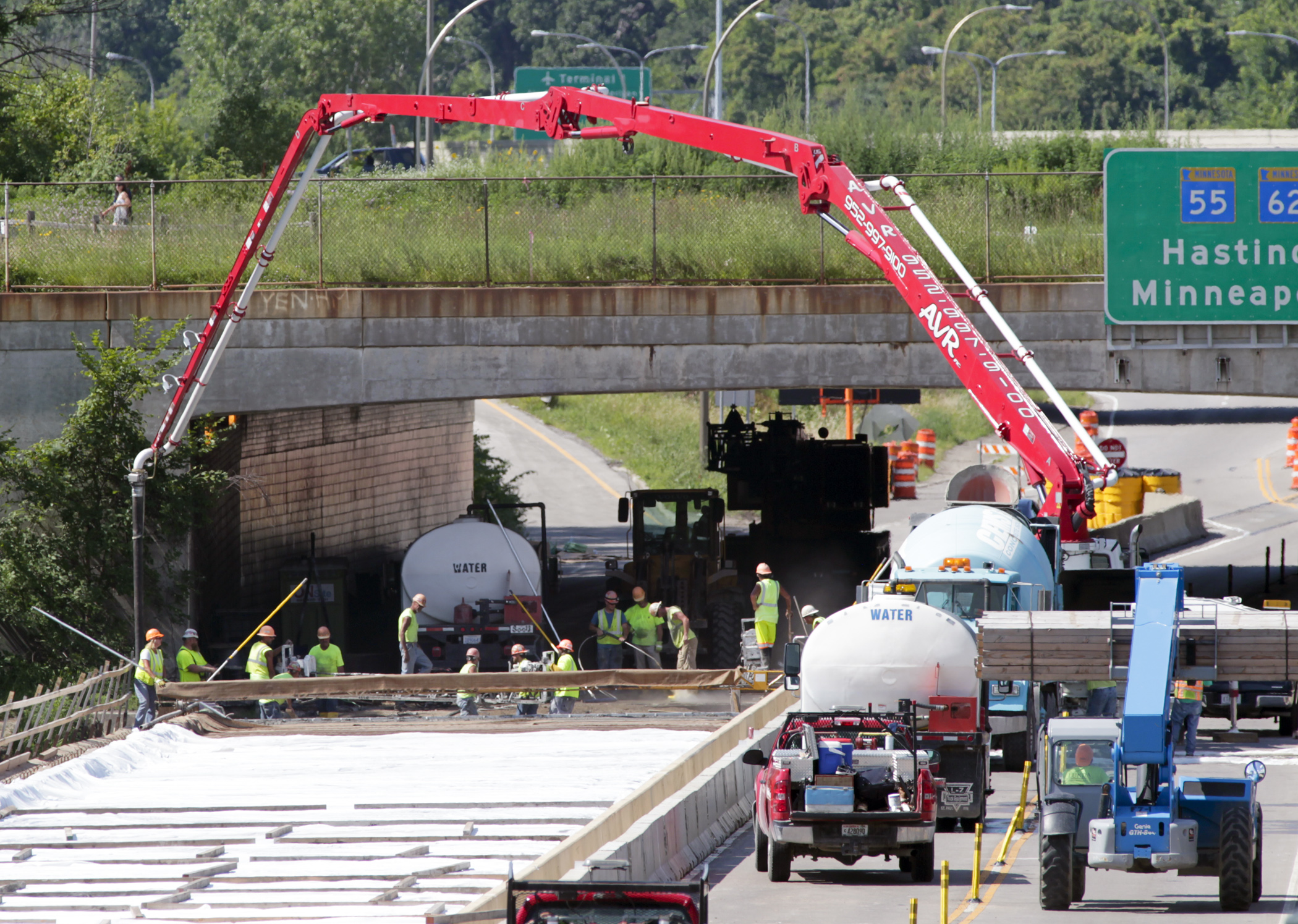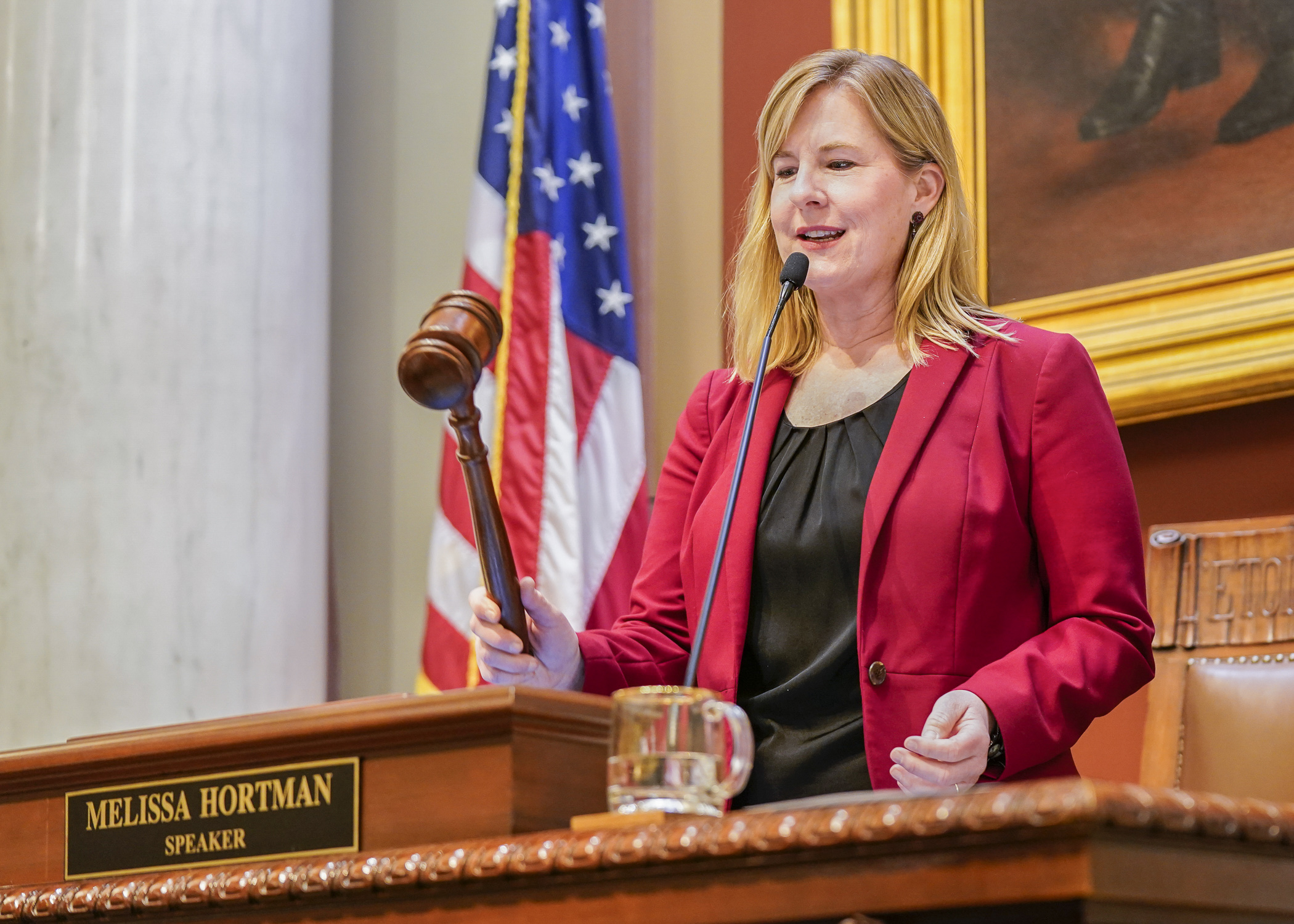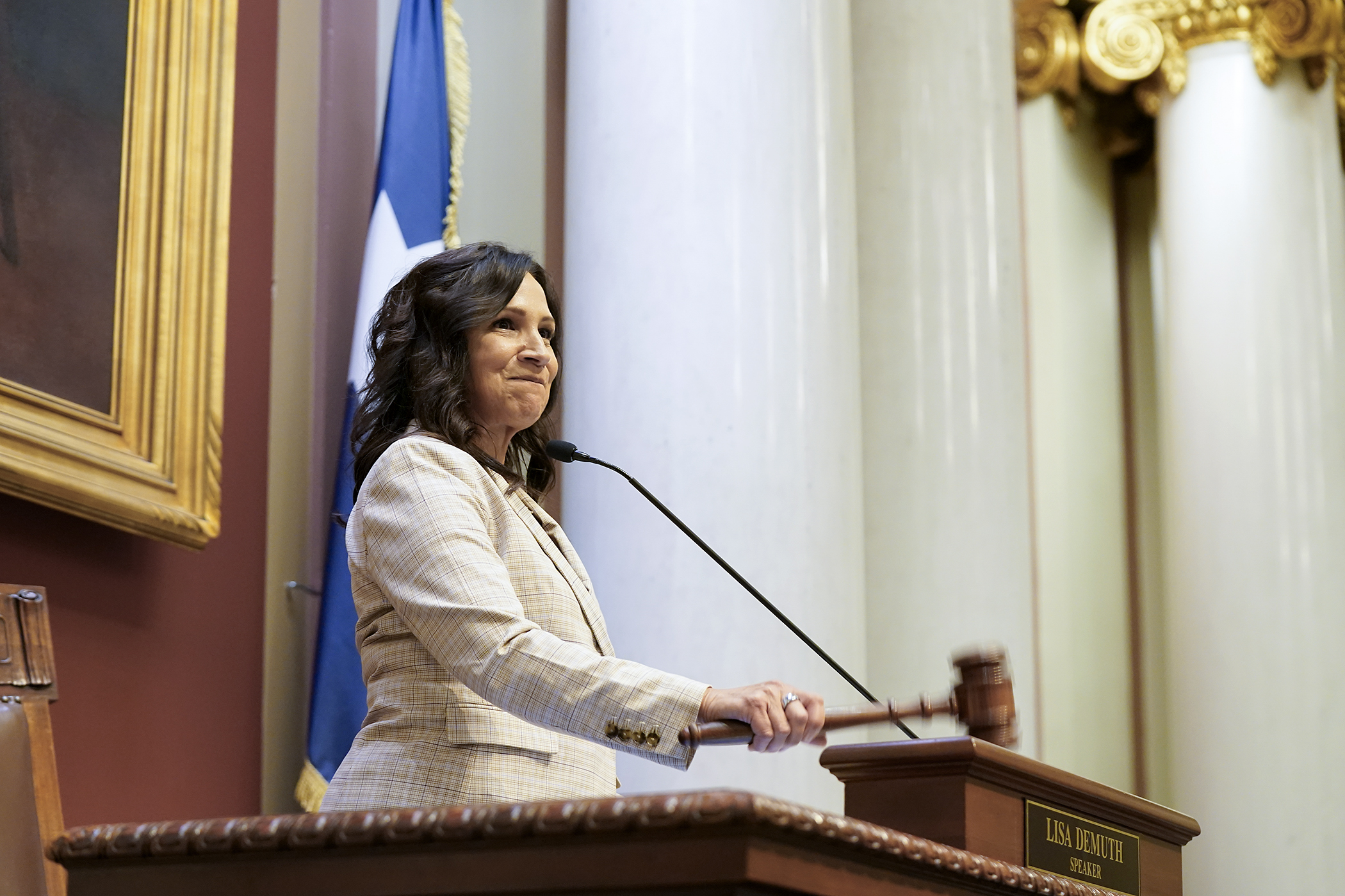Matching funds key to unlocking billions in transportation spending, committee hears

One of the most effective ways to win a competitive federal grant is being able to show you have money to finish the project.
With about $4.8 billion from the federal Infrastructure Investment and Jobs Act available to Minnesota for roads and bridges over the next five years, having matching funds ready will maximize federal grants.
Proving that money is there is behind much of a supplemental budget proposal for transportation from Gov. Tim Walz.
The federal funds would represent a 30% increase in highway formula funding. The state having $185 million per year would mean about $760 million per year for state, county and local transportation needs.
Included in that is an estimated $450 million per year in federal discretionary funds. MnDOT would need to have $112 million in matching funds.
“This is really about readiness and the ability to show you have the funds, but need the federal dollars to really help,” Transportation Commissioner Margaret Anderson Kelliher told the House Transportation Finance and Policy Committee Tuesday. No action was taken.
[MORE: See her presentation slides]
The governor’s proposal includes $852 million over five years – $384 million for the trunk highway fund largely to cover state match for IIJA; $268 million for roads and bridges on the county and municipal state aid system; and $200 million to have matching funds ready for the trunk highway system.
There is an additional $20 million for operations, such as salary increases for MnDOT employees; $7 million to replace aging planes used by MnDOT aeronautics employees; $2 million for communication tower replacements; and an additional $1.5 million for railroad crossing safety.
Congress and the U.S. Department of Transportation still must decide the parameters of the IIJA, with a hope that funding is decided by March. Grant criteria would follow later.
“The hard part of your job this year is we likely won’t have as much information as we’d like – especially about the discretionary programs – until you are out of session,” Anderson Kelliher said.
Related Articles
Search Session Daily
Advanced Search OptionsPriority Dailies
Speaker Emerita Melissa Hortman, husband killed in attack
By HPIS Staff House Speaker Emerita Melissa Hortman (DFL-Brooklyn Park) and her husband, Mark, were fatally shot in their home early Saturday morning.
Gov. Tim Walz announced the news dur...
House Speaker Emerita Melissa Hortman (DFL-Brooklyn Park) and her husband, Mark, were fatally shot in their home early Saturday morning.
Gov. Tim Walz announced the news dur...
Lawmakers deliver budget bills to governor's desk in one-day special session
By Mike Cook About that talk of needing all 21 hours left in a legislative day to complete a special session?
House members were more than up to the challenge Monday. Beginning at 10 a.m...
About that talk of needing all 21 hours left in a legislative day to complete a special session?
House members were more than up to the challenge Monday. Beginning at 10 a.m...